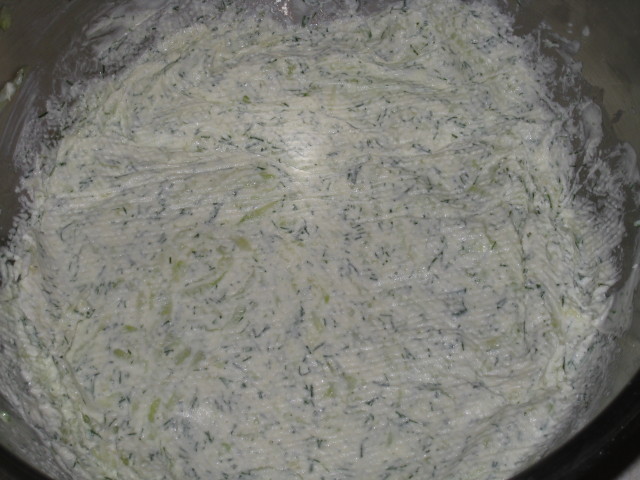
Tzatziki is one of the most widely known greek dishes, served in every greek restaurant and dinner. It is a dish that is served, with, grilled meat, stew meet, fried vegetables, stuffed vegetables, seafood, on its own as an appetizer with ouzo, or even with bread just like a spread. Although a very popular dish, there is no particular story associated with the tzatziki. Its origin is lost somewhere in the area of the middle east & balkans. In turkey there is a similar concoction that is called “cacik” (pronounced “tzatzik”) and is a soup with cucumber, garlic and yogurt. All around the Balkans there is a similar dish that calls for yogurt and cucumber.
What makes this dish purely greek however is the different ingredients that are not only native to the greek agricultural life, but also have been used extensively on greek cooking. The cucumber is believed to be native to India, and evidence indicates that it has been cultivated in Western Asia for 3,000 years. The cucumber is also listed among the foods of ancient Ur and the legend of Gilgamesh describes people eating cucumbers. Some sources also state that it was produced in ancient Thrace, and it is certainly part of modern cuisine in Bulgaria and Turkey, parts of which make up that ancient state. From India, it spread to Greece (where it was called “σίκυον” and Italy (where the Romans were especially fond of the crop), and later into China. The yogurt, although the origin is not very clear, it is very evidently that it originate somewhere in the balkans area. It really took of in the area that is currently known as Greece and Turkey. The uniqueness of the greek yogurt relies on the preparation process that is actually strained while is fermenting. Although many modern recipes call for strained homemade yogurt with a cheese cloth, It is not quite the same. And finally the garlic… Oh… the undisputed guest star of every dish, that makes everything taste awesome (?-well some people might argue with this). It migrated from Egypt to Greece and stayed. It was well-known food item throughout the ancient Greece and meet great glory. It was even used for medicinal purposes by Hypocrites.
So the ingredients that are used for this recipe are…

- 3 Cups of greek strained yogurt. Not greek style yogurt. Not american yogurt (especially the vanilla flavored kind bliah…)
- 2 foot long english cucumbers
- 1 bunch of dill
- Olive oil
- Vinegar (yeah… the rice wine vinegar, but currently I have only balsamic and will darken the color of the tzatziki)
- Salt
Start by washing the dill and the cucumbers…
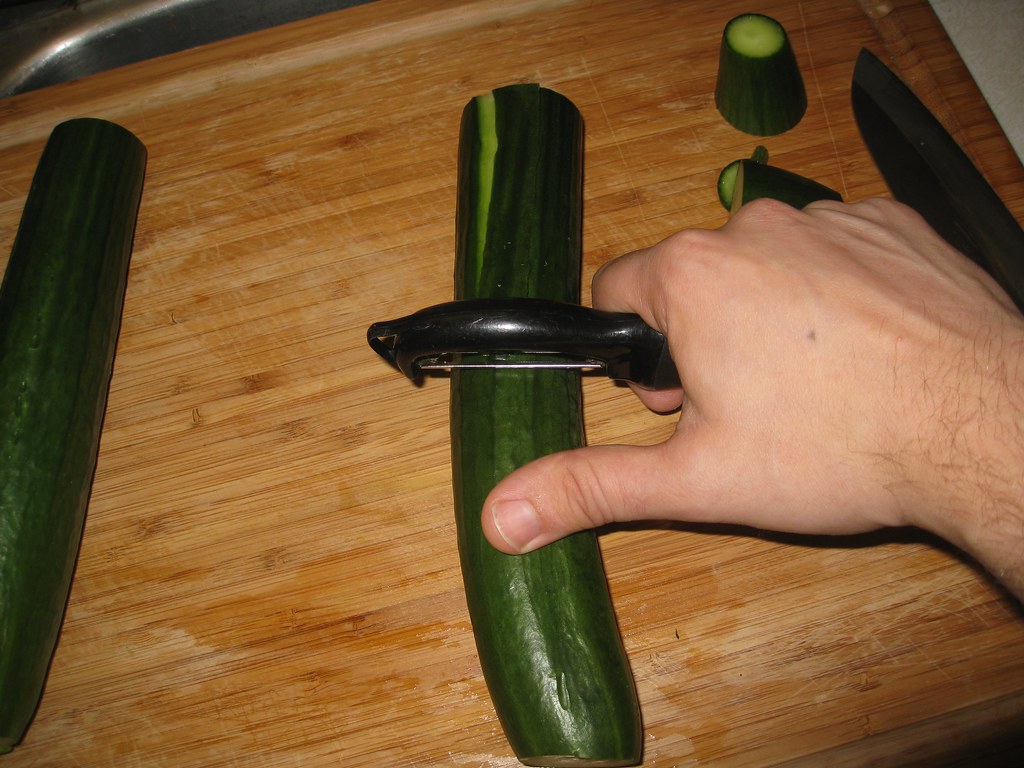
Cut-off the tips of the cucumbers, both sides please (stem and flower parts), and about an inch thick part from the top and bottom, until you start seeing the seeds. Pill them with your favorite vegetable peeler. Oh.. those parts we cut? Well it is a treat for the chef.
Then move on to the garlic… Ooops!!! I forgot that when I was listing the ingredients… No actually I forgot that when I was putting them together for the picture. So now that I have already peeled the cucumbers I will again need to take the picture.
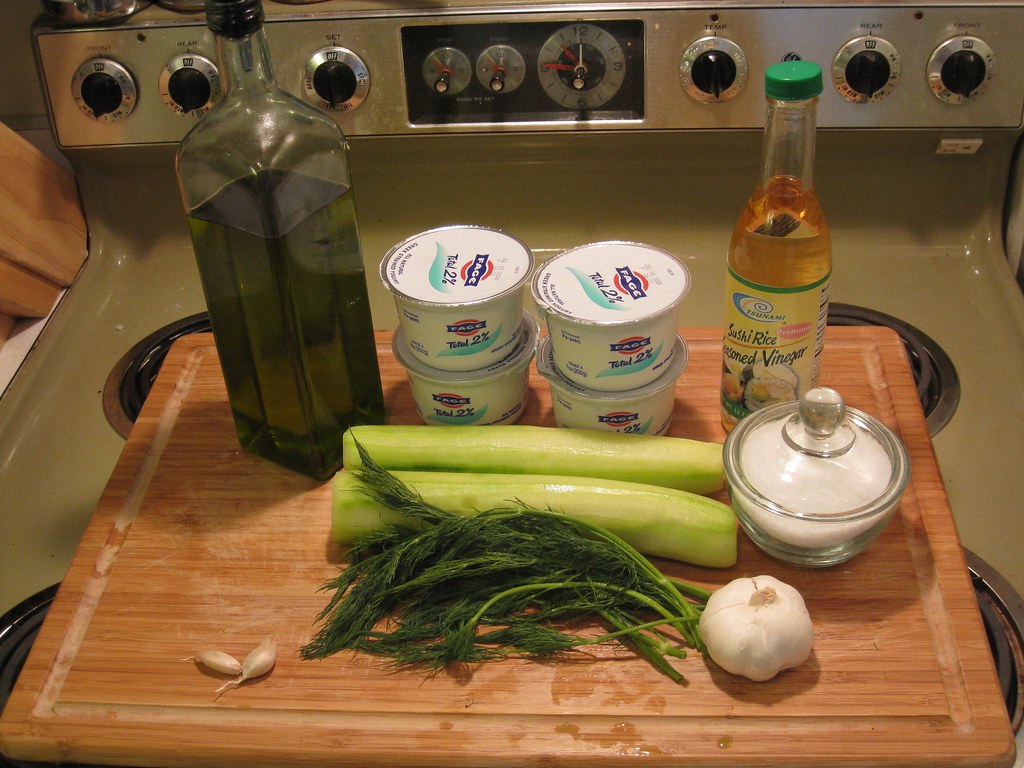
And the ingredients are:
- Garlic (3-4 gloves)
- 3 Cups of greek strained yogurt. Not greek style yogurt. Not american yogurt (especially the vanilla flavored kind bliah…)
- 2 foot long english cucumbers
- 1 bunch of dill
- Olive oil
- Vinegar (yeah… the rice wine vinegar, but currently I have only balsamic and will darken the color of the tzatziki)
- Salt
Ok now that we have all the ingredients here it is time to continue.
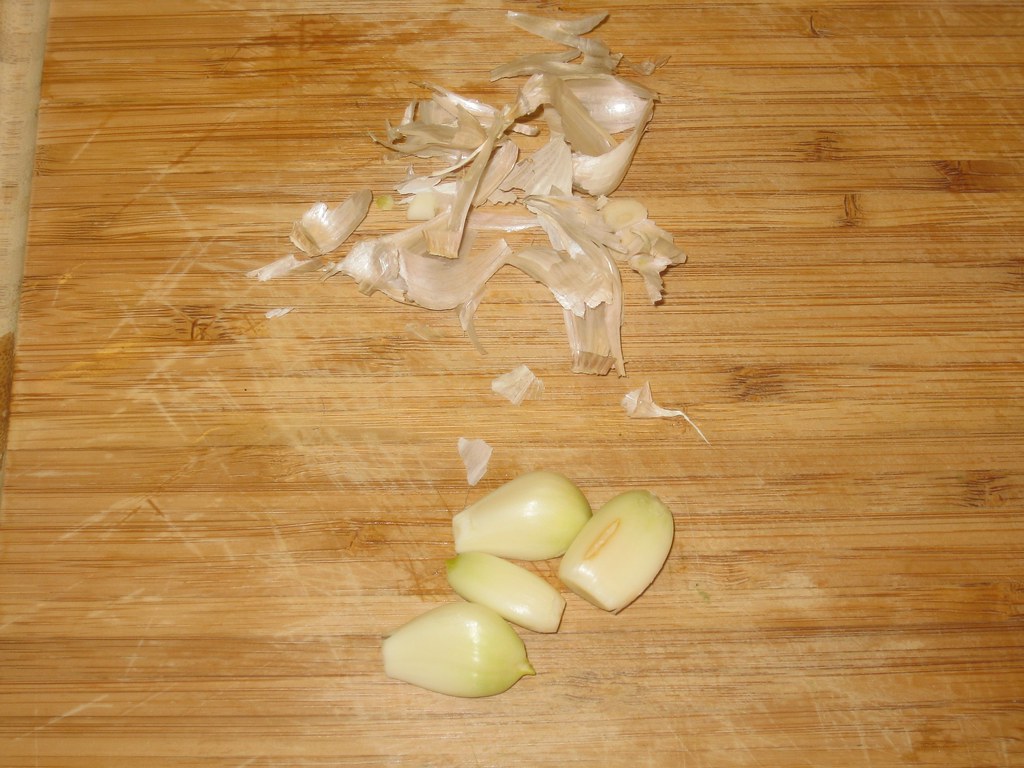
So peel the garlic…
Going back to the cucumber we need to grade it. Yes the cucumber needs to be graded for the right tzatziki. I use a box grader. Food processors make very sloppy job although I admit that I use them occasionally for large quantities.
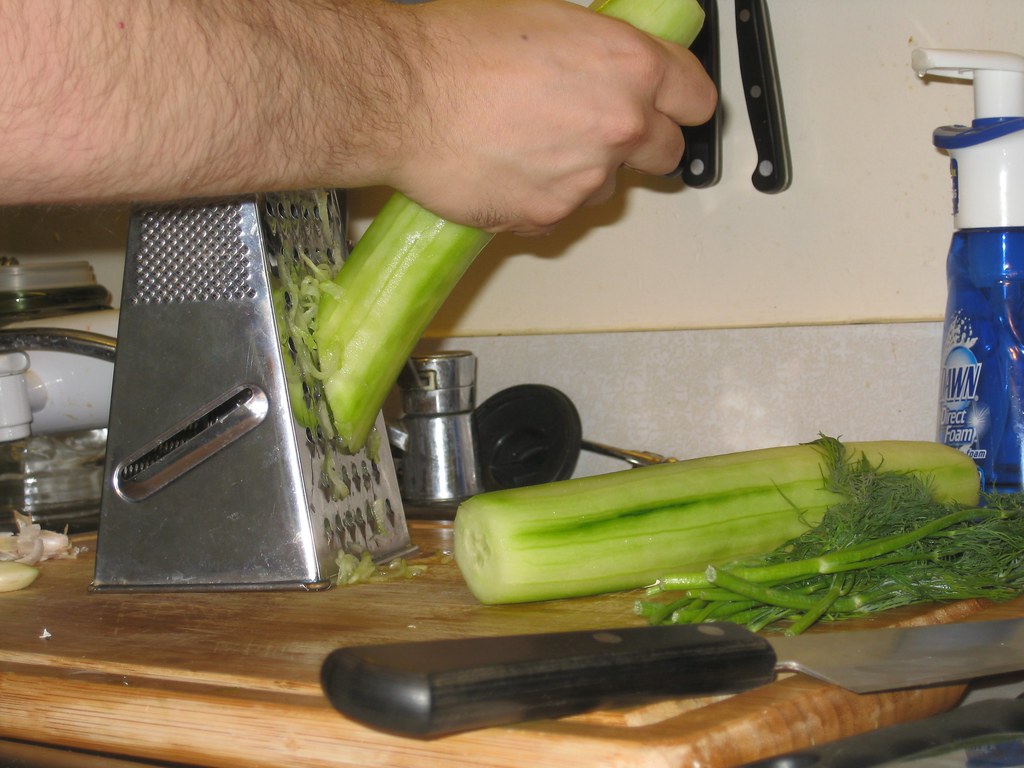
As you can see I am grading it on the bias. That results longer strings of cucumber and it will make the tzatziki a little more cohesive. Hey did you check out the knife collection in the back..? Oh yeah…
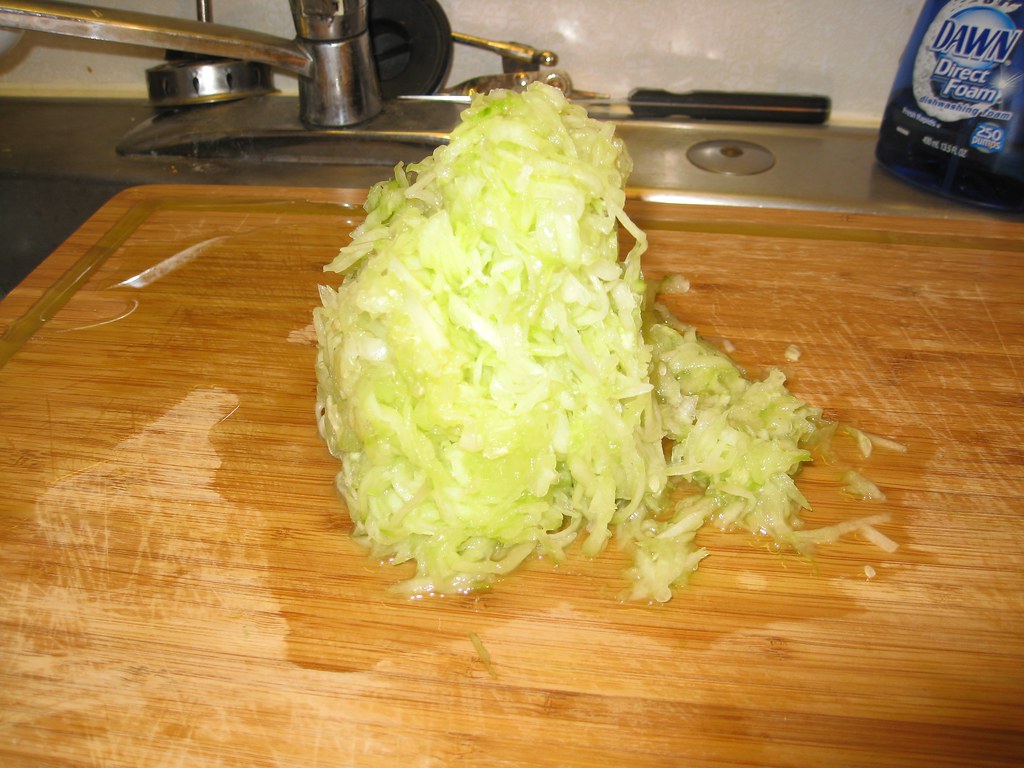
And there it is… Do you see all this water that is coming out? Well there is plenty more to come out from that.

We will have to squeeze that water out. It is easy to do it with the best gadget ever… your hands. Or actually your fists. take little amounts of it at a time and squeeze your heart out.
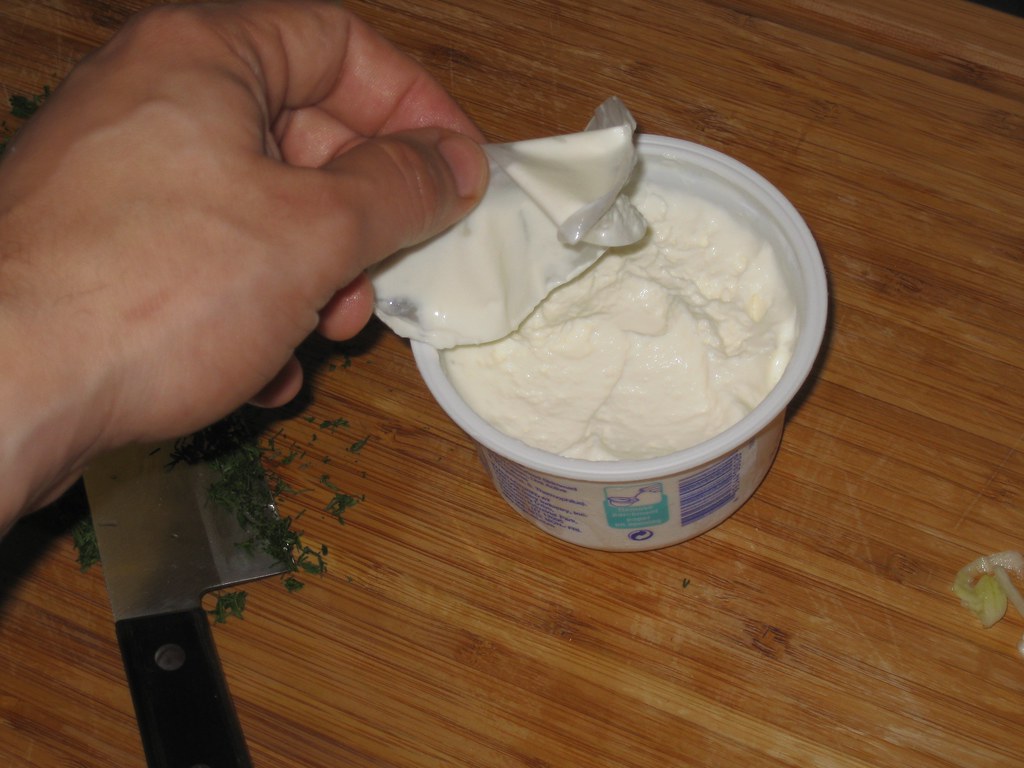
Take the greek yogurt, and as we said before use only greek yogurt. Peal of the aluminum cover. You will see that it comes with a protecting paper on the top.Remove it and keep it aside if you want to re-cover any left overs for later. Hah… where I grew up there was never any leftover.

Add the cucumber in the bowl and add the yogurt in portions stirring after every addition.After every addition check for consistency. You don’t want too much yogurt, but not to little either. In the first case the you will have to little cohesion and in the second case you will have only the watery taste of the cucumber.
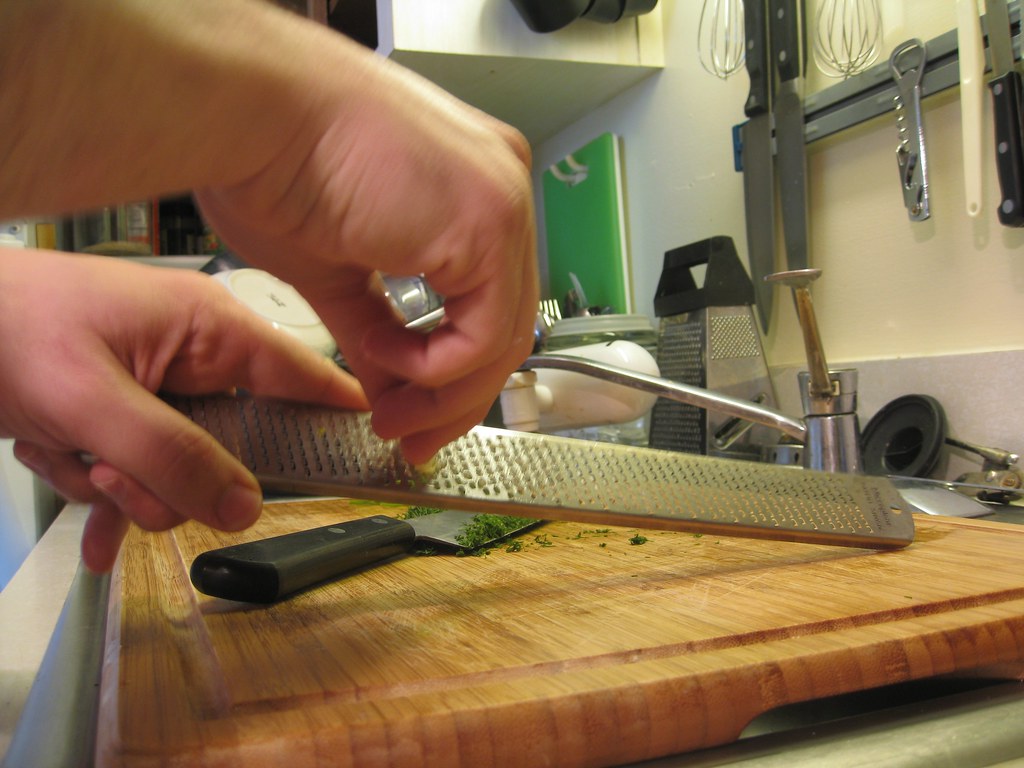
Now for the garlic there are different methods; you can mash it, mince it, crash it, grade it or go mediaeval on it. I grade it on a micro-plane grater. It really makes it fine and easy to stir in the tzatziki. But any method is acceptable. And although the grading method has no shame, the dried garlic and the garlic powder does. So stick with the real thing. And no… Don ‘t even think of going to the jar of the precut garlic.
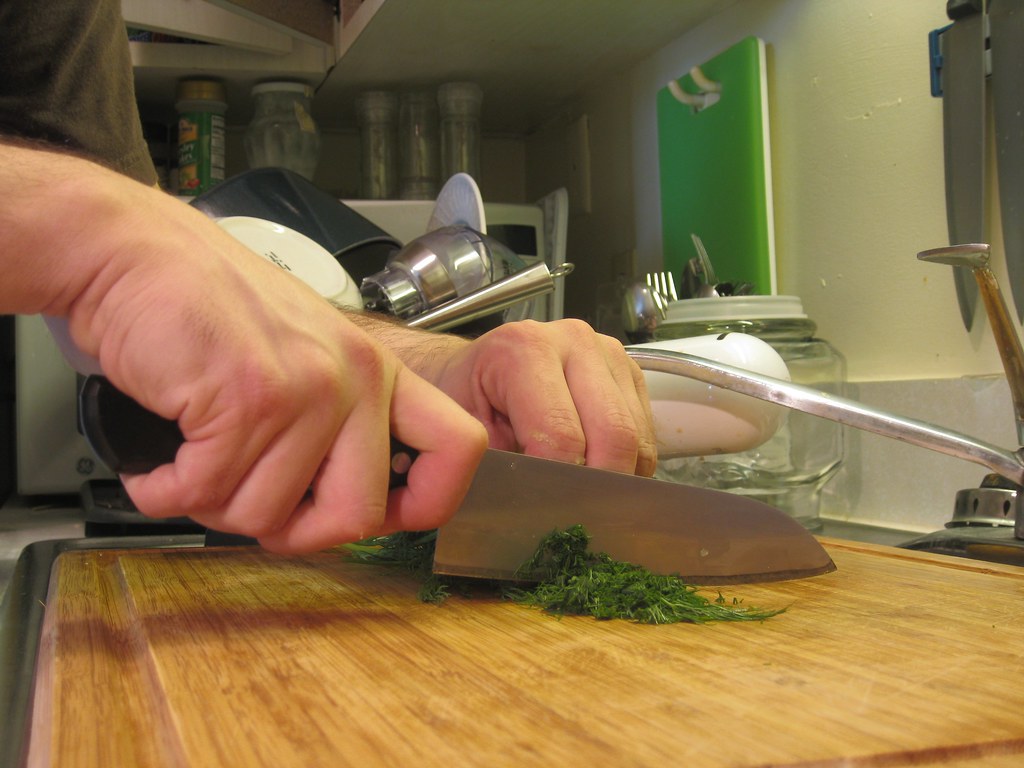
Chop the dill finely… (yeah more awesome knifes of the background and the famous green board.)
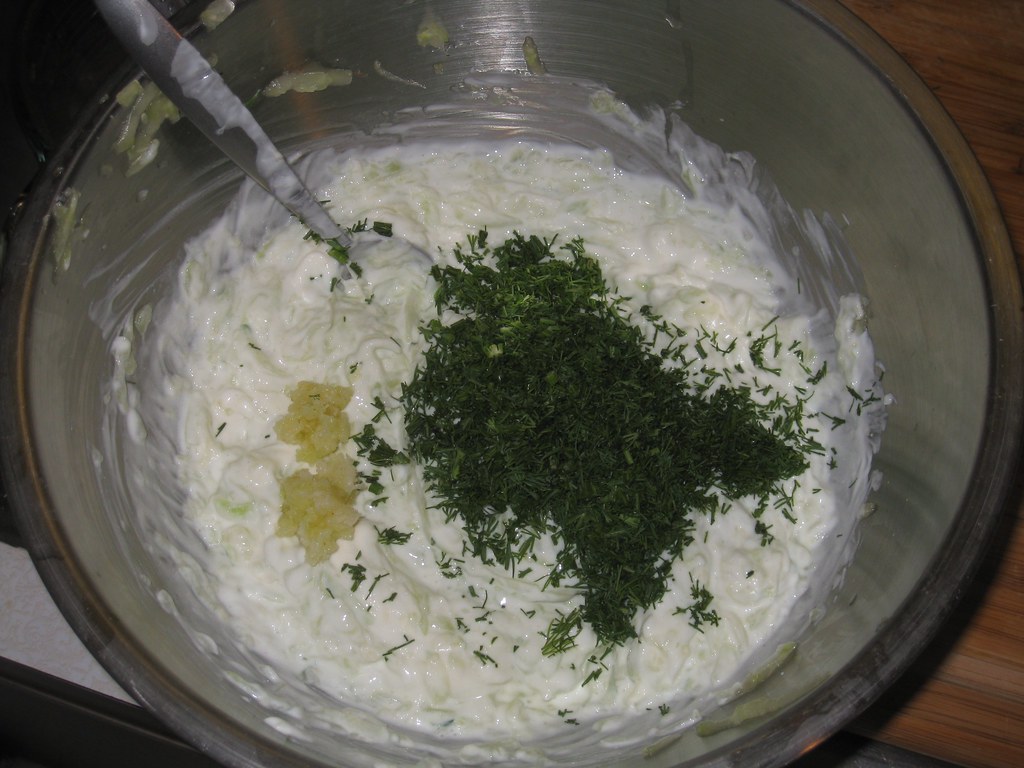
Add the cucumber and dill in the mix and.. yeah stir.
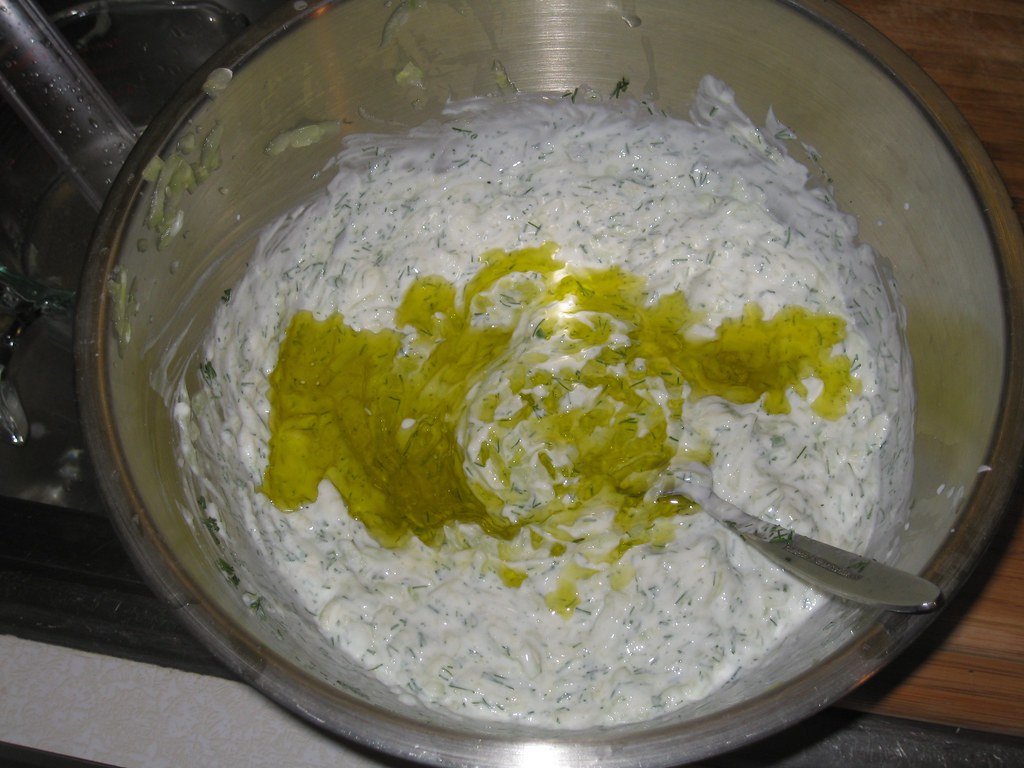
Add the olive oil and… you know. I added about quarter cup of olive oil.
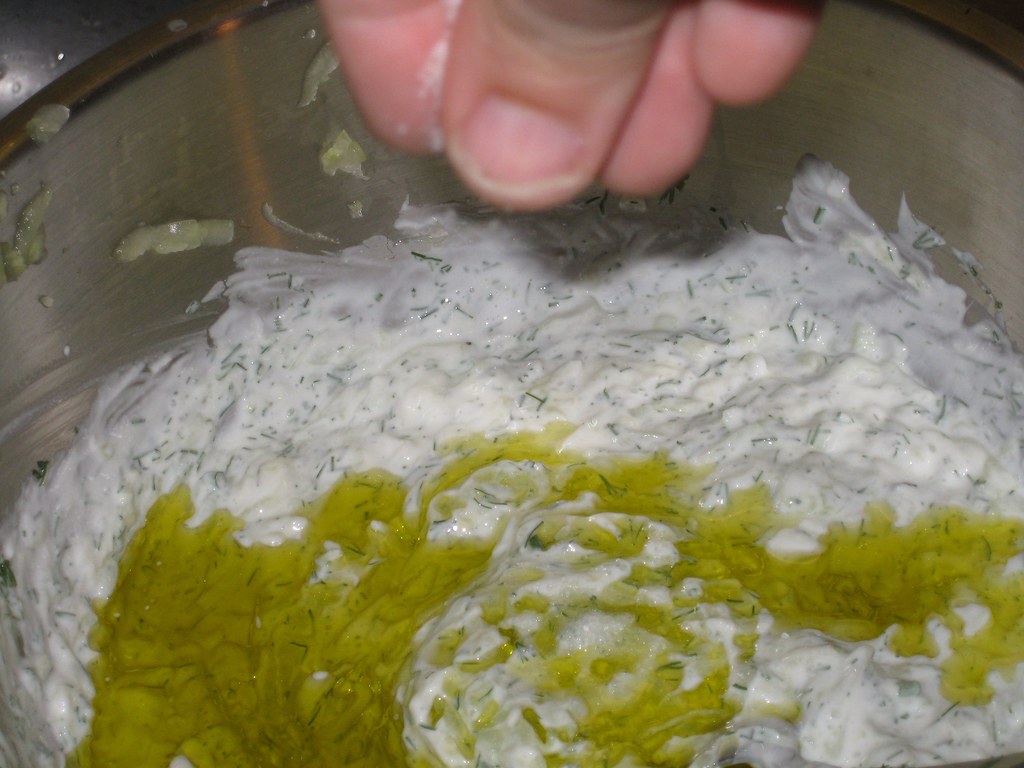
Add salt. This is strictly to taste. If you add too much counter it with olive oil. But olive oil can fix only that much, so be careful.
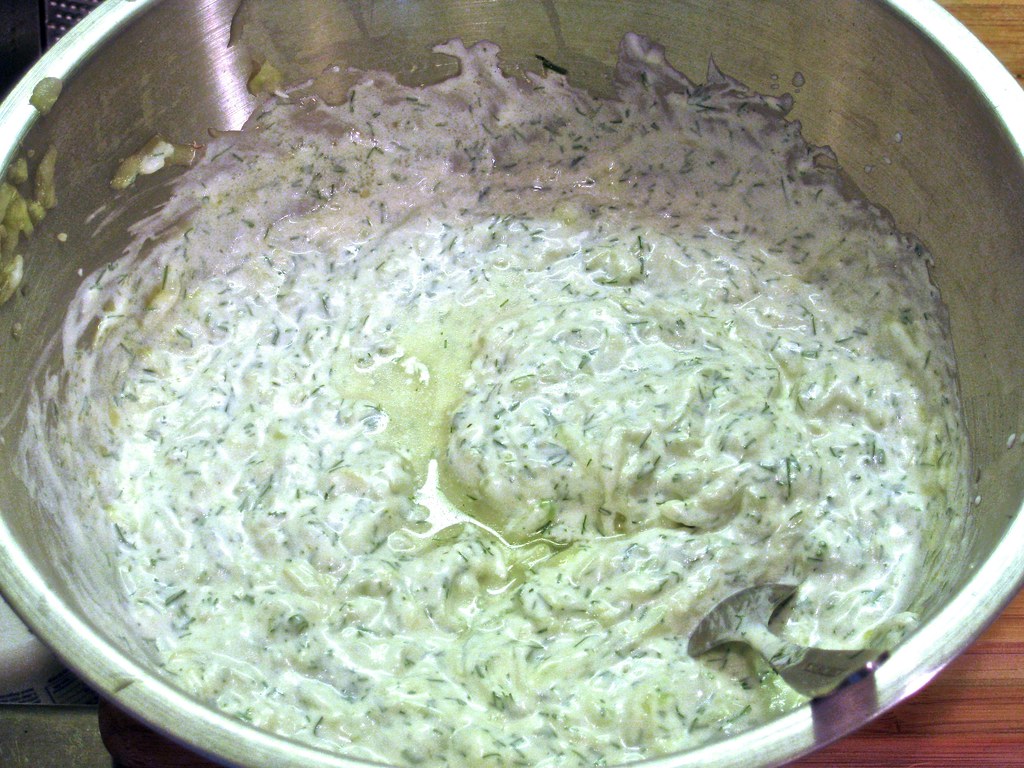
Last add some vinegar to taste… You need a wine vinegar that is light in color. The seasoned rice vinegar is a good addition since it is neutral in flavor and color… well not neutral flavor, neutral odor better.
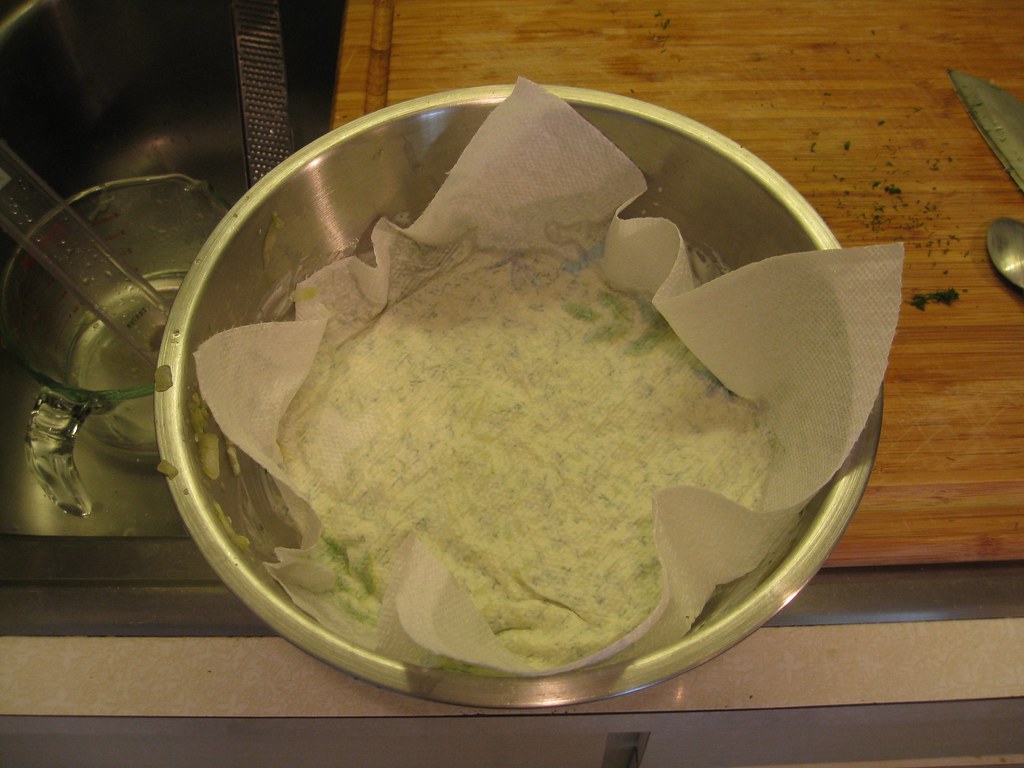
The last steps more hardware oriented. You need to add a few layers of paper towel, to absorb any moisture that may come out. Make sure you press them against the surface of the tzatziki. You need to refrigerate for 2-3 hours at least, over overnight better. The flavors have to develop and blend together. Get to know each other.
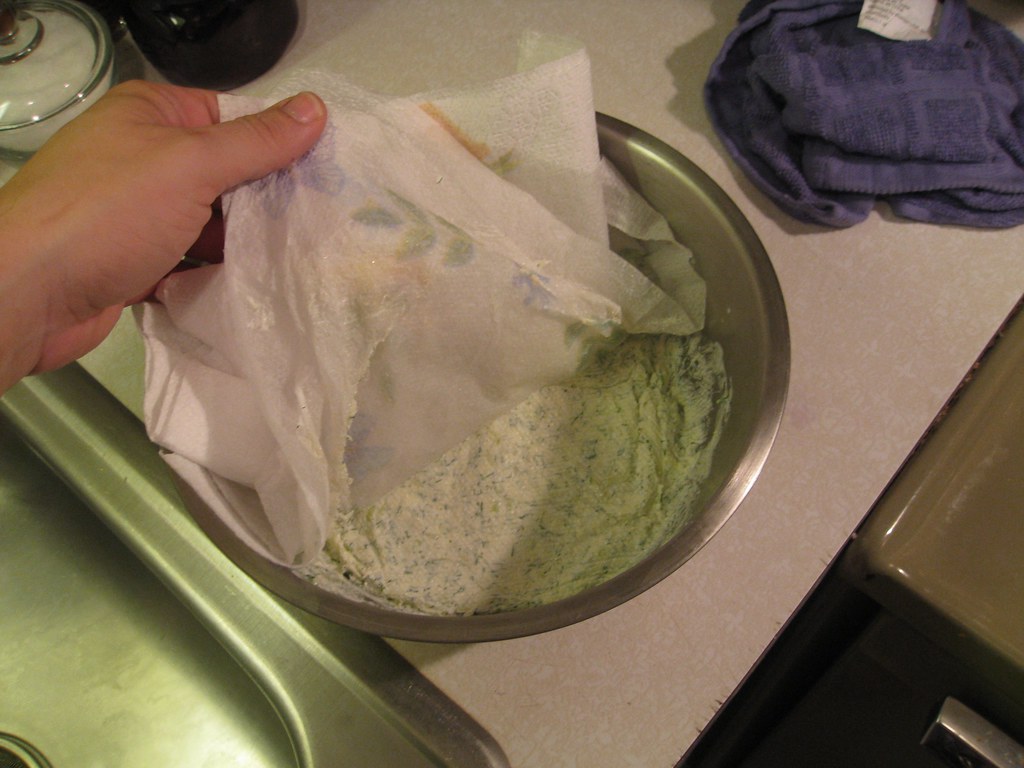
If you succeed (which is very likely if you follow this recipe) the paper should come out wet, but clean, with no traces of yogurt.

Just like that. The perimeter always have some of the tzatziki stuck but no “biggie”.
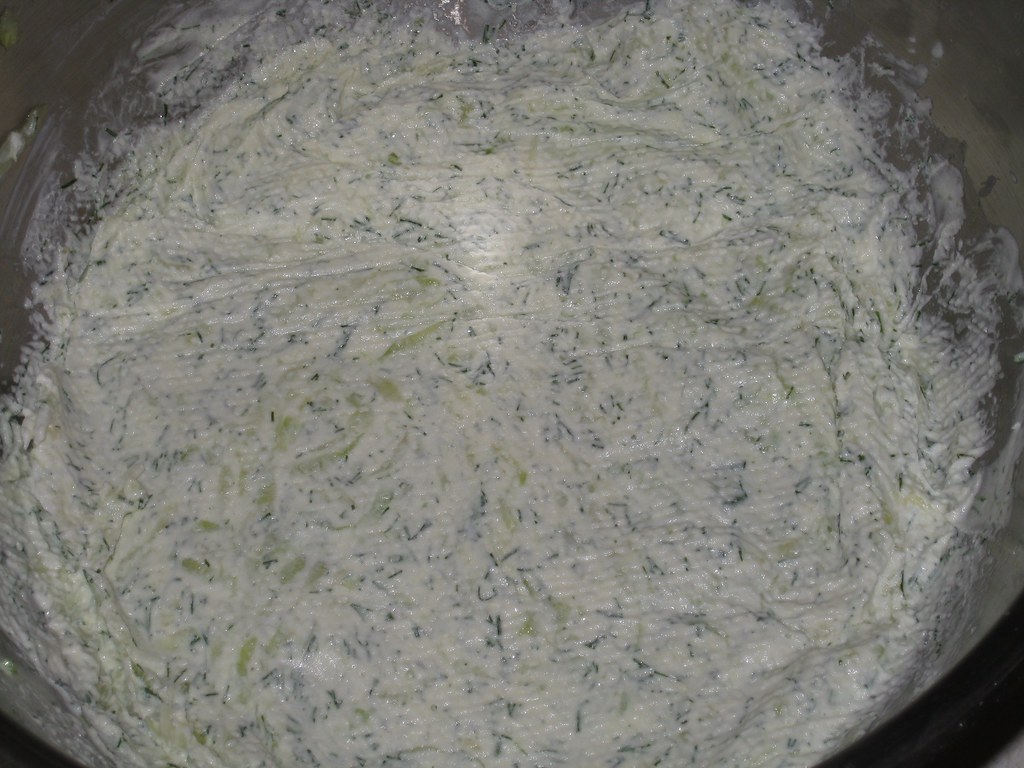
That is the surface of a great tzatziki. With the pattern of the paper towel still on. However stir it before you serve it and garnish with olives.
Oh, do you remember that top I cut of the cucumber? Well i hollow it by removing the seeds and some of the flesh and I made a shot glass. I salted the “rim” and I added raki. The cretan spirit with the steel bite (50+% alcohol). A shot you can eat the glass!!! Enjoy… What a treat for the chef. You don ‘t drink it. You eat the whole thing. And although the photograph is not as good as I would like it to be, I guarantee that this is most certainly the best shot you ever had…

P.S. This post is dedicated to Philip and all the gang that I love so much. Philip, Sarah, Bobby, Jay Katie and Marylynn. Of course it is extended to the newest additions, Bronwyn, Brian, Sophie and tiny little baby Audrey… Here is to you guys… Cheers!!!
Printable Recipe Card
This is the most classic, most famous, most amazing greek side dish.
Ingredients
-
3 Cups of greek yogurt
-
3-4 Garlic cloves
-
2 large english cucumbers
-
1 bunch of dill
-
1/4 cup olive oil
-
White vinegar
-
Salt
Directions
- Start by washing the dill and the cucumbers.
- Pill the cucumber with your favorite vegetable peeler.
- Use a box grader to grate the cucumber. Grate it on the bias.
- Squeeze that water out with your hands.
- Add the cucumber in the bowl and add the yogurt in portions stirring after every addition.
- For the garlic there are different methods; you can mash it, mince it, crash it, grade it or go mediaeval on it. I grade it on a micro-plane grater.
- Chop the dill finely.
- Add the cucumber and garlic and mix.
- Add the olive oil and vinegar to taste and mix.
- You need to add a few layers of paper towel, to absorb any moisture that may come out. Make sure you press them against the surface of the tzatziki.
- You need to refrigerate for 2-3 hours at least, over overnight better.



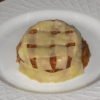
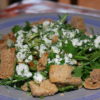
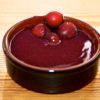
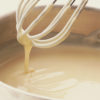
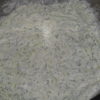
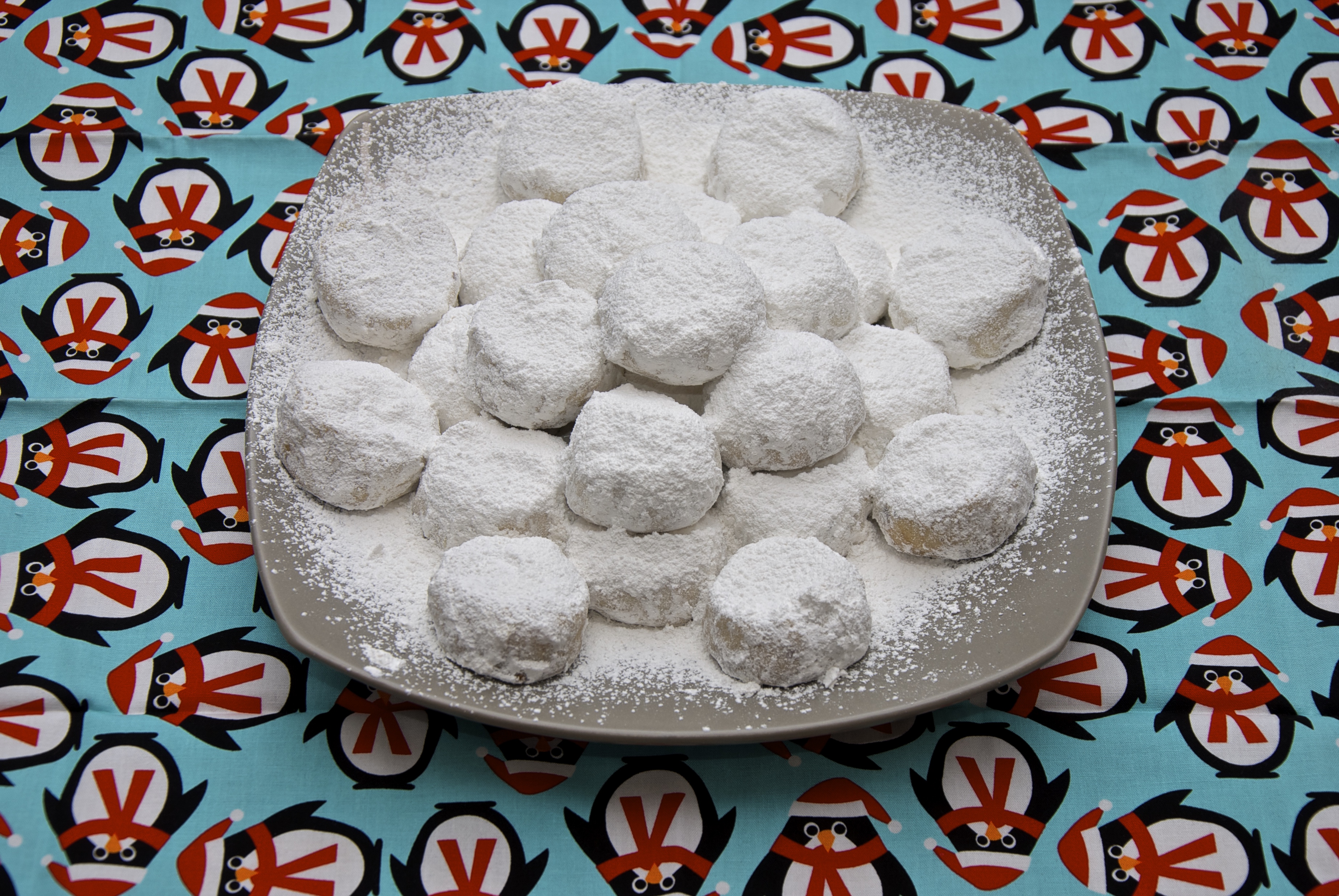
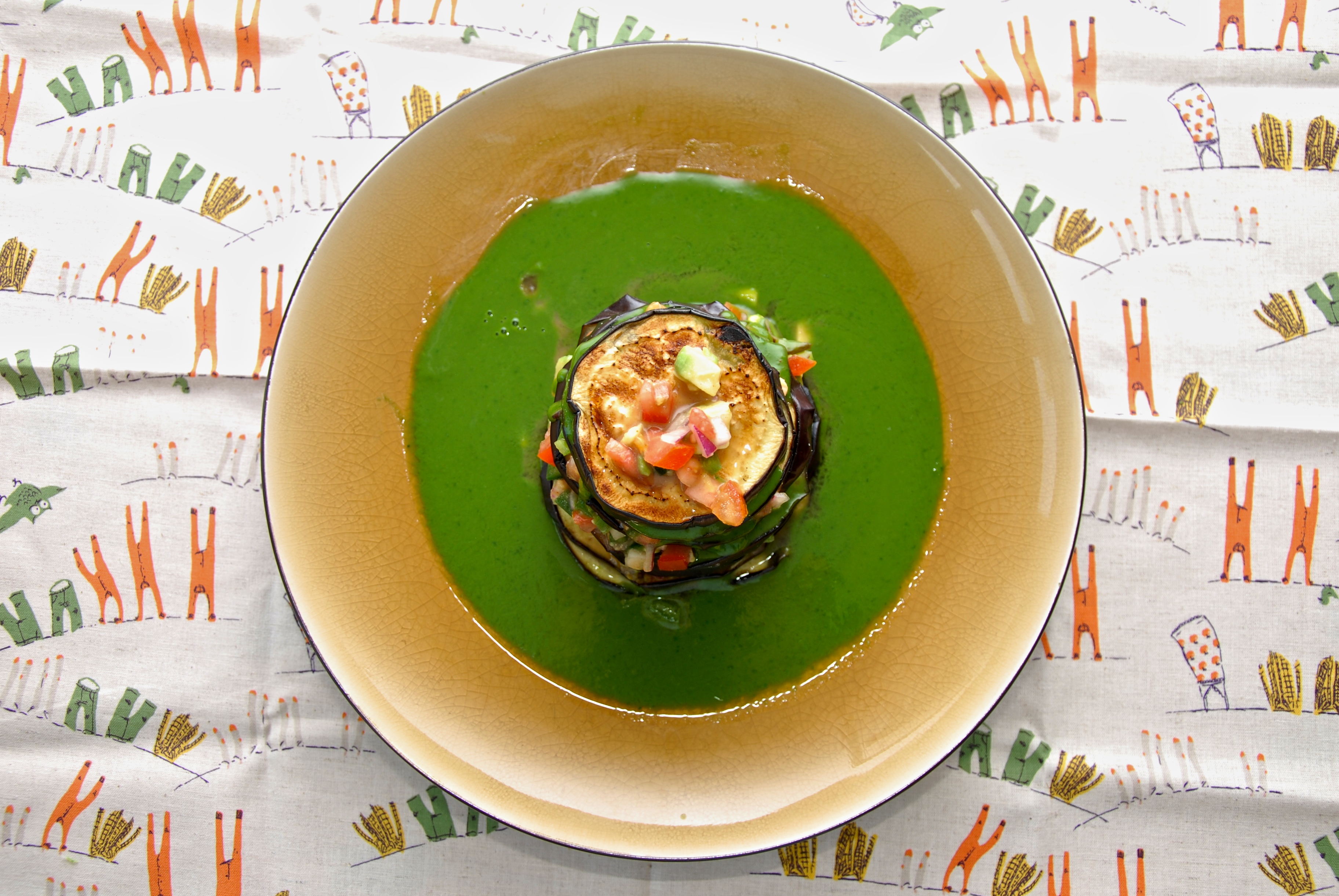
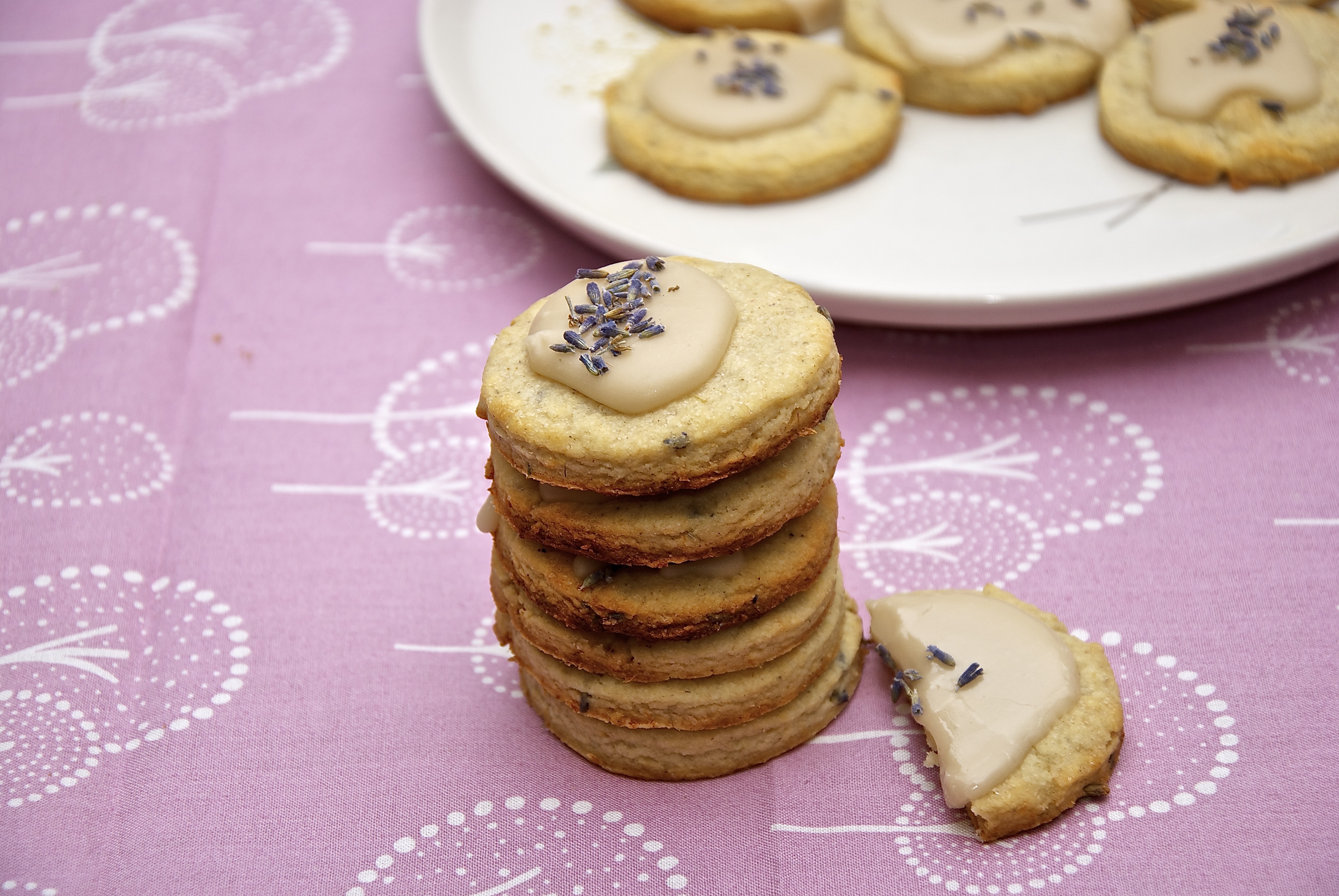
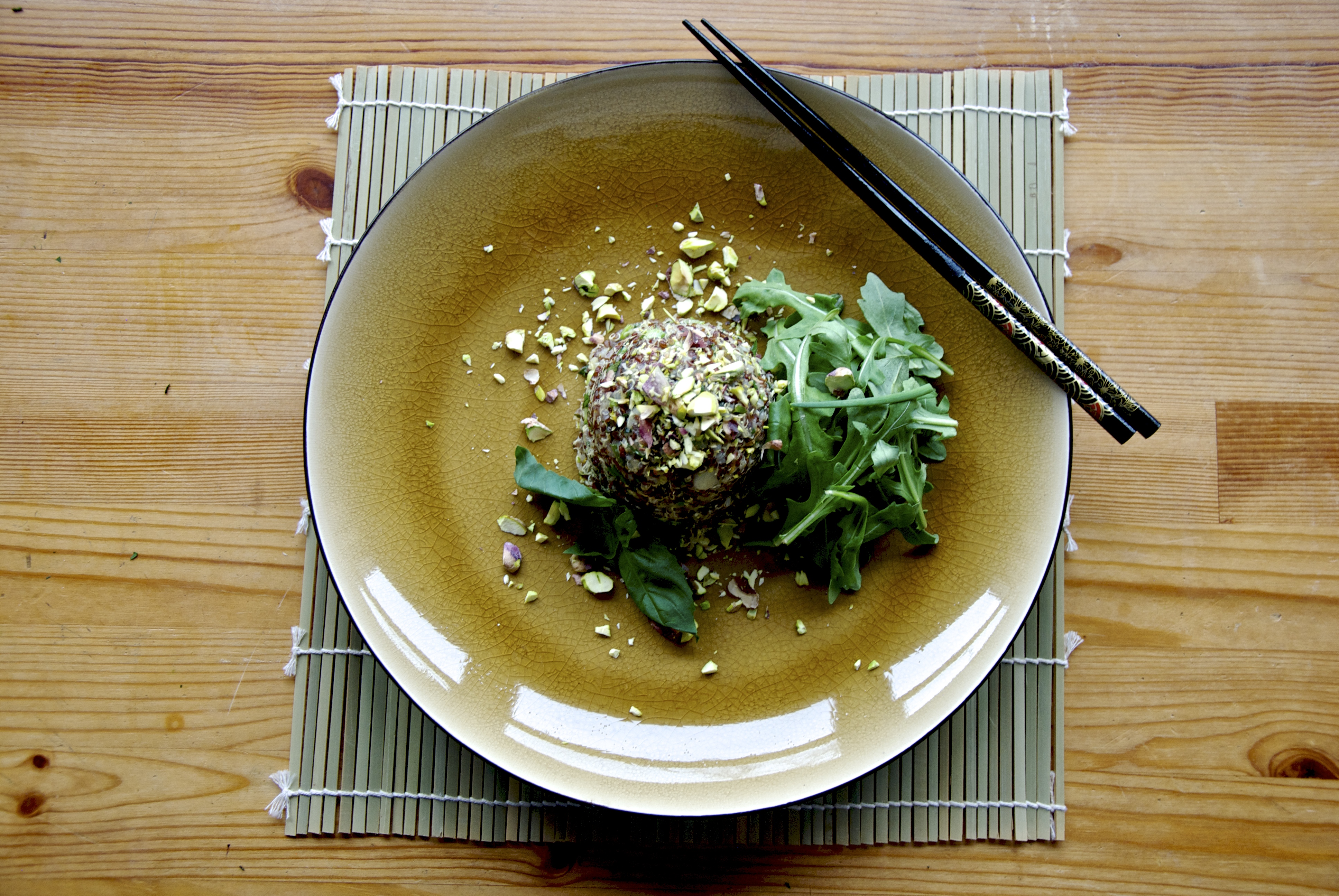
Leave a Reply